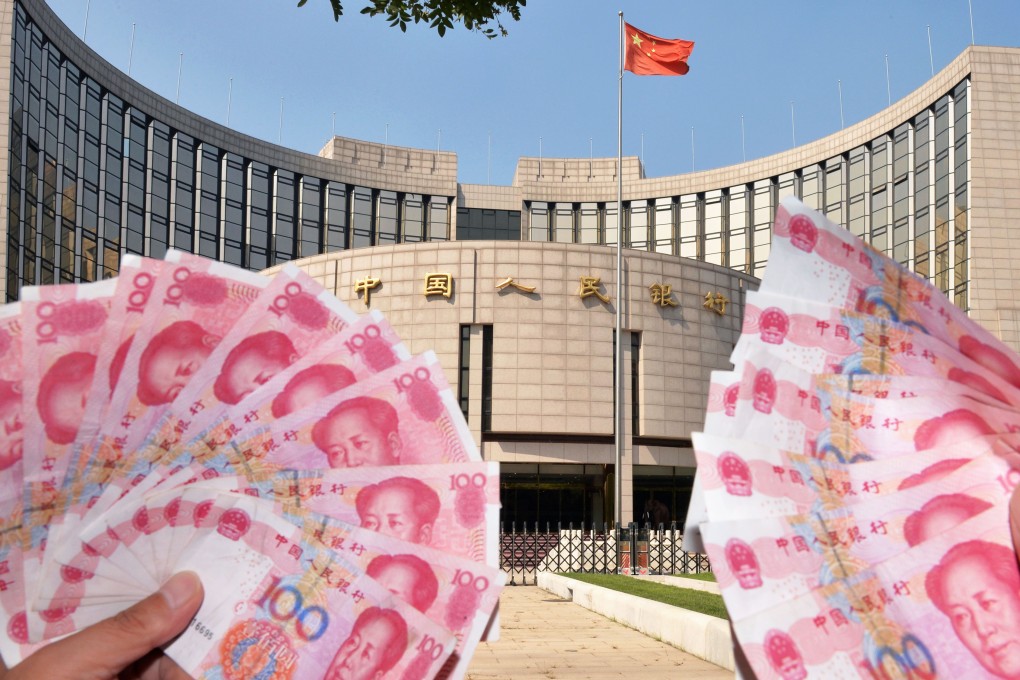Macroscope | Devil is in the detail of Beijing's liberalisation of interest rates
In moving from a tightly controlled system to amarket-driven one, short-term pain is inevitable in pursuit of appropriate credit-pricing

The People's Bank of China scrapped the deposit interest rate ceiling in October, two years after scrapping the lending interest rate floor. In principle, the latest move completed the last step of interest rate liberalisation by ending a subsidised credit system that channelled household savings at low cost into state-guided borrowing for investment.
Liberalising interest rates is a policy paradigm shift from a tightly controlled system where the PBOC sets monetary policy based on quantitative targets, such as loan quotas, to a market system. While this final move to liberalise interest rates should help improve pricing in the credit market, the devil of implementation is always in the detail.
Although Chinese banks now have the freedom to set lending and deposit interest rates, there are hidden controls. One only needs to ask: with all lending and deposit interest rate restrictions being abolished, why does Beijing still keep the benchmark rates?
On lending, the reason is that state-owned enterprises and local governments still borrow at the benchmark rates. Official data shows that local governments account for 90 per cent of all domestic investment; other data shows that SOEs account for over a third of domestic investment.
These entities, with their soft budget constraints, are still driving most domestic investment. Retaining the benchmark lending rates mutes the effects of interest rate liberalisation by keeping cheap credit flows to them.
On deposits, scrapping the deposit rate cap should lead to market pricing of interest rates for savers by inducing competition for funds among financial institutions. This would break the big state banks' monopoly of amassing cheap funds as the small banks can now bid for funding by offering higher interest rates.
However, incentive distortions, such as cosy relationships between SOEs and big banks that restrict fund flows, are still prevalent. They will prevent effective competition from happening.